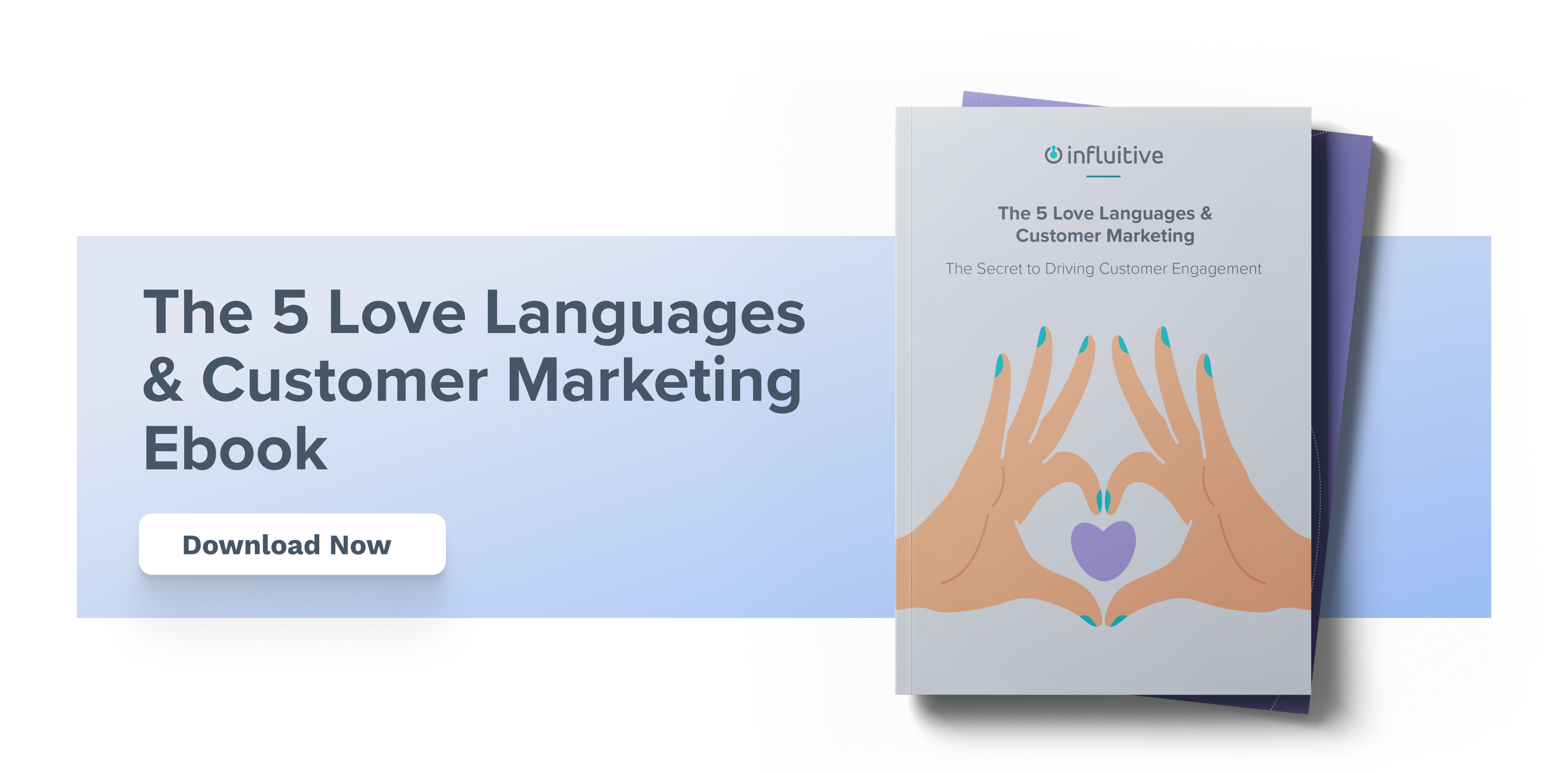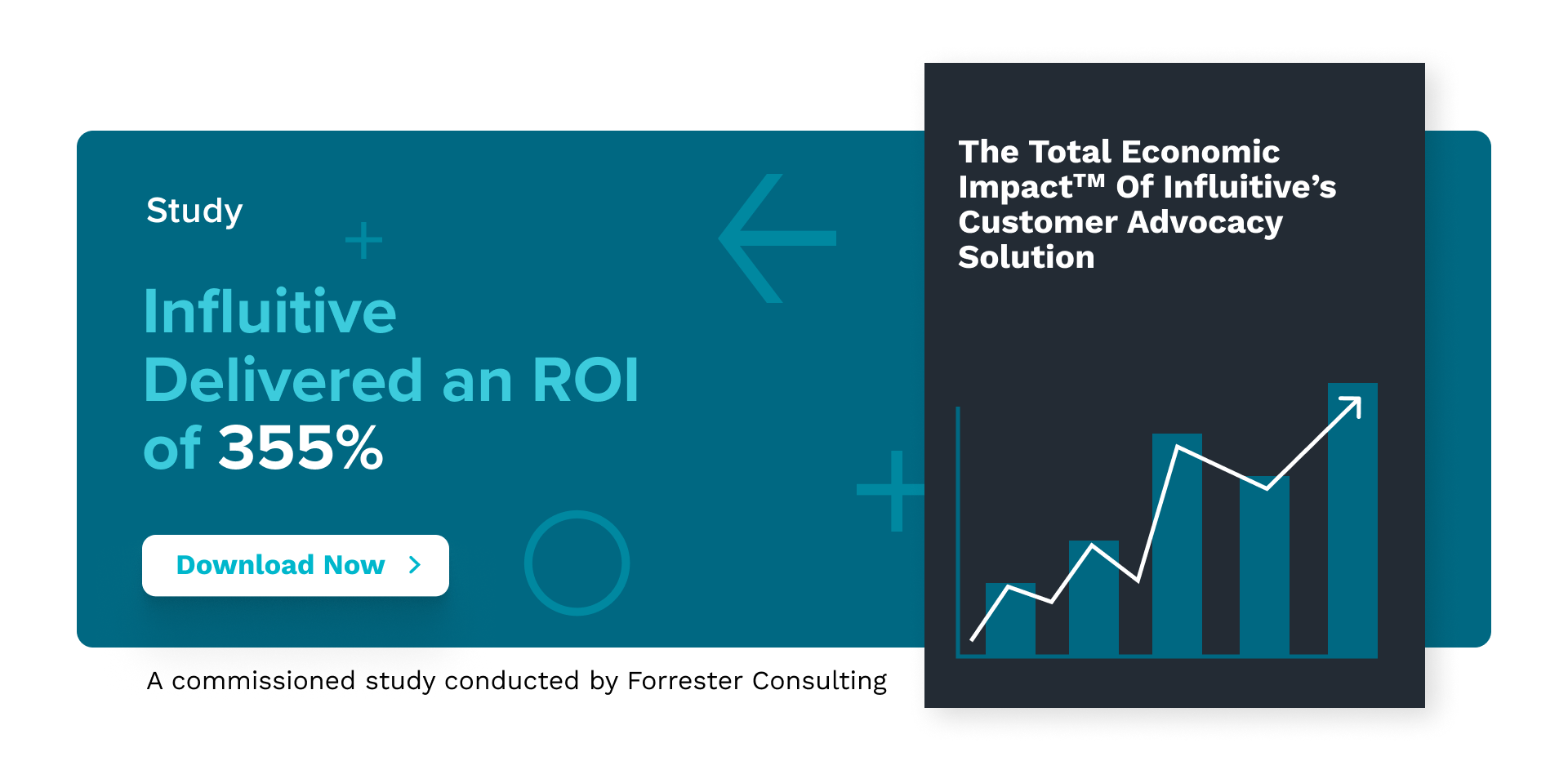The benefits of customer advocacy range from giving you a powerful tool for growing your brand presence to expanding your market share. Customer advocacy mobilizes your customers into brand advocates who’ll promote your products or services.
By leveraging credible and authentic voices, customer advocacy can help businesses drive sales, and build long-term relationships with customers. Satisfied customers are more likely to remain loyal to a brand, resulting in less churn and higher customer retention rates. This can also lead to increased sales and revenue via renewals, upsells/cross-sells, and referrals.
Customer advocates can also give valuable feedback to help improve the customer experience, increase customer satisfaction and retention.
What is Customer Advocacy?
Customer advocacy mobilizes satisfied customers into your brand advocates who’ll champion your offerings, tell your story, and lead conversations in your direction.
A well-designed customer advocacy program will enable you to find your champions, grow your advocate network, facilitate feedback for your product, and much more.
What is Client Advocacy?
Client advocacy refers to promoting the interests of a customer within your organization. Your goal is to be customer-centric through voice of the customer (VOC) initiatives, like roundtables and ensuring every key internal team has VOC representation.
VOC is a big part of a proper customer advocacy strategy.
What is a Customer Advocate?
Initially, a ‘customer advocate’ was defined as an individual or team within your company who represents the needs and interests of your customers. However, today, a customer advocate is a customer who promotes your brand.
In the rest of this blog, we’ll explore 13 real-world benefits of customer advocacy.
13 Key Benefits of Customer Advocacy
1. Delivers Your Message Through Trusted Voices
The first benefit of customer advocacy is that it allows your message to be delivered through trusted voices. This means that your customers become your advocates and drive conversations about your brand.
Research shows that audiences are more likely to trust recommendations from people they know than from brands. 88% of audiences trust recommendations from people they know, according to (Nielsen).
Furthermore, 92% of customers read online reviews before making a purchase, indicating the importance of customer advocacy in driving sales. In the B2B space, 97% of customers said that testimonials from peers are the most reliable source of information.
2. Reach Audiences Your Official Branded Accounts Can’t Access
The second benefit of customer advocacy is that it allows your brand to reach audiences that your official branded accounts may not have access to. For example, posts by employees can reach 561% further than the same posts shared by official branded accounts.
Moreover, customer advocacy can take your brand to the next level as your customers will nurture audiences through their thought leadership. When customers love your brand, they may promote it in spaces that you may not even know about.
3. Generate Impactful Social Proofs via Customer Reviews & Testimonials
Customer reviews and testimonials can have a significant impact on potential buyers’ decisions. They provide a level of social proof that can’t be achieved through traditional advertising methods.
When customers write reviews or testimonials, they provide a genuine perspective on their experience, which can help inform potential customers. These reviews and testimonials also provide valuable feedback that businesses can use to improve their products or services.
4. Scale-Up Content Production via User-Generated Content
User-generated content (UGC) is content created by users or customers rather than by a brand or company. It can take many forms, such as social media posts, reviews, photos, and videos.
By encouraging customers to share their experiences with your product or service, you can create a bank of UGC that can be shared across various channels. UGC often performs better than branded content because it is seen as more authentic and trustworthy.
5. Reduce Customer Acquisition Costs
Customer advocacy helps businesses reduce customer acquisition costs by providing a cost 7X more effective way to generate leads, referrals, and sales. When your customers act as advocates, they promote your brand through word-of-mouth, social media, and other channels, which can drive new customers to your business.
6. Drive Customer Retention
It plays a significant role in driving customer retention. When customers have a positive experience, they are more likely to become advocates for your brand and continue doing business with you.
A well-implemented customer advocacy program can help in many aspects of a customer’s journey. For instance, it can help customers achieve their business and personal goals, elevate their brand, and get their voice and input in your product roadmap.
Forrester conducted a study on an Influitive customer and found that they reduced customer churn by 3% at a value of $2.6 million, highlighting the potential impact of a customer advocacy program.
By consistently providing valuable experiences, customers are more likely to not only renew their contracts but also consider other products and services you offer.
7. Builds Customer Loyalty
Customer advocacy helps to build customer loyalty because it focuses on creating positive customer experiences and relationships.
When customers feel appreciated, and supported, they are more likely to remain loyal to your brand and continue to purchase your products or services.
When customers become advocates for your brand, they are more likely to continue to support your brand. They may even recommend your brand, which can help to expand your customer base and increase your brand’s reach.
8. Nurture a Customer Community
Nurturing a customer community is a powerful way to create a network of loyal customers who can learn from one another. By providing a platform for customers to connect with peers, businesses can create a sense of belonging and foster a collaborative culture among their customer bases. This can lead to increased engagement, customer retention, and customer satisfaction.
9. Drives Revenue Growth
They can directly contribute to revenue growth in several ways. By using customer advocacy to generate social proof, such as testimonials and reviews, a business can increase its credibility and attract more prospects. These activities lead to more sales.
Customer advocacy can help with customer retention and upselling. When customers are happy with their experience and see the value in a product or service.
10. Improves Customer Satisfaction
Improving customer satisfaction is a critical aspect of any business. It can help to achieve this by enhancing the overall experience for customers.
By engaging with customers and recognizing their acts of advocacy, businesses can build stronger relationships with their customers.
This, in turn, leads to increased customer satisfaction. When customers are happy with a business, they are more likely to become loyal customers who will continue to use the business’s products or services.
By providing an exceptional overall customer experience, businesses can create added value in many areas, leading to increased customer satisfaction and retention.
11. Makes Your Product Resonate with the Market
It can help you better understand your market and customers. You can gain valuable insights into what your users and prospects want from your products and services. They can also provide you with a better understanding of who uses and benefits from your offering. Ultimately, this can lead to increased product adoption and revenue growth.
12. Augments Your Customer Support
Customer advocacy not only improves your customer support but also augments it by leveraging the collective knowledge and experience of your customer community.
By creating a community, customers can share their experiences and insights, and provide tips and best practices. This can lead to faster and more effective problem-solving, which can increase customer satisfaction and loyalty.
13. Optimize Marketing Spend
It can help you save money on marketing expenses while still achieving your marketing goals. By utilizing your happy customers as advocates, they can help spread the word about your brand, creating organic reach and word-of-mouth promotion.
This can lead to increased traffic and leads to without the need for expensive paid advertising. When you do run paid ads, incorporating customer advocacy into those ads can help increase their effectiveness and ultimately lead to a higher conversion rate.
Next Steps: Starting a Customer Advocacy Program
Starting a customer advocacy program requires dedicated effort and resources from your company. It’s not just about having a great product or service, but also about creating a customer journey that starts before the purchase or signature.
That’s a great resource to help get started on building a customer marketing and advocacy program. It’s important to understand that customer advocacy is not just a one-time event but a continuous process of nurturing and engaging your customers.
This requires dedicated resources, such as a customer success team, a marketing team, and a platform to manage and track customer advocacy activities.
















































